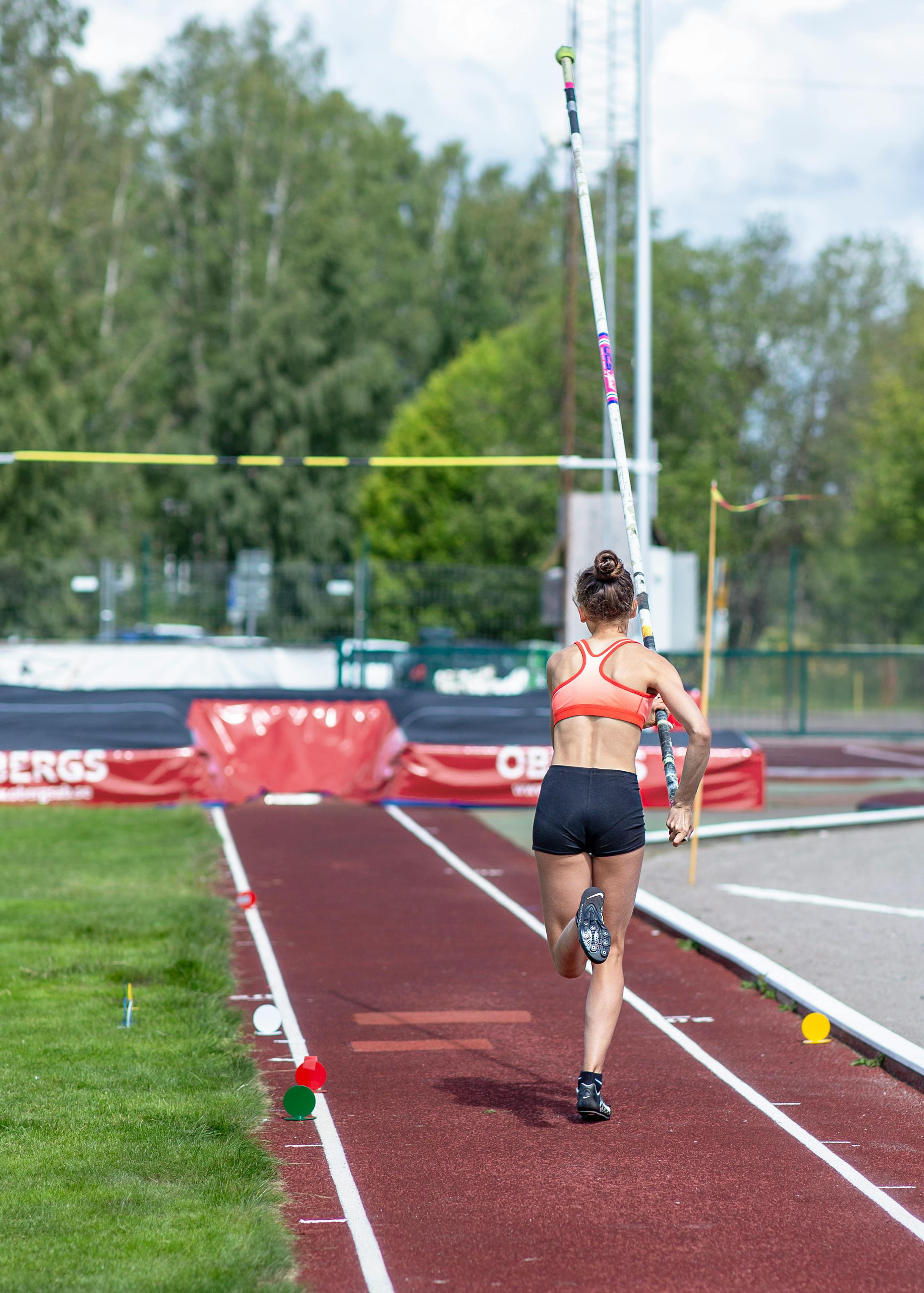Breaking Down the Biomechanics of Pole Vaulting: A Sports Science Perspective
Pole vaulting is a thrilling spectacle of human strength, agility, and courage, which has been a part of the athletic world for centuries. However, few understand the complex biomechanics and training techniques behind this unique sport. This article delves into the fascinating world of pole vaulting, unraveling its intricate techniques, the science behind its movements, and the current trends shaping this discipline.

Roots of Pole Vaulting: From Ancient Origins to Modern Athleticism
Pole vaulting’s origins trace back to ancient civilizations where it served practical purposes, such as crossing canals or marshy areas. Today, it is a recognized athletic discipline with finely tuned techniques and training methods. Pole vaulting involves a combination of speed, power, and agility, requiring athletes to sprint down a runway, plant a flexible pole into a box, and vault over a crossbar.
Biomechanics of the Vault: The Science of Soaring
The biomechanics of pole vaulting encompass complex elements of physics and biology, from the initial sprint to the final clearance of the bar. The vault begins with a fast, controlled sprint, which converts kinetic energy into potential energy stored in the pole. The vaulter’s body positioning, grip, and pole planting technique play crucial roles in achieving the necessary height.
Training Techniques: The Path to Peak Performance
Training for pole vaulting focuses on developing the necessary strength, speed, and technical skills. Plyometric exercises, weightlifting, and sprint training form the core of a pole vaulter’s routine. However, mastering the technique requires hours of practice to achieve the correct timing, positioning, and body awareness during the vault.
Challenges and Innovations: The Ever-Evolving Discipline
Like every sport, pole vaulting has its challenges. The sport demands physical strength, speed, and precise technique, and athletes must also grapple with factors such as wind conditions and equipment characteristics. Innovations in pole materials and design have significantly impacted the sport, allowing vaulters to achieve greater heights and break records.
The Future of Pole Vaulting: Trends and Trajectories
As sports science continues to evolve, so does pole vaulting. Techniques are constantly refined, and training methodologies are updated based on new research findings. With advancements in technology, data analysis, and biomechanics, the future of pole vaulting promises to be as exciting as its past.
In conclusion, pole vaulting is a unique blend of athleticism, technique, and science. Its rich history, intricate biomechanics, and evolving training methodologies make it a fascinating subject for sports enthusiasts and scientists alike. As we continue to push the boundaries of human performance, there’s no telling what new heights pole vaulting will reach in the future.




